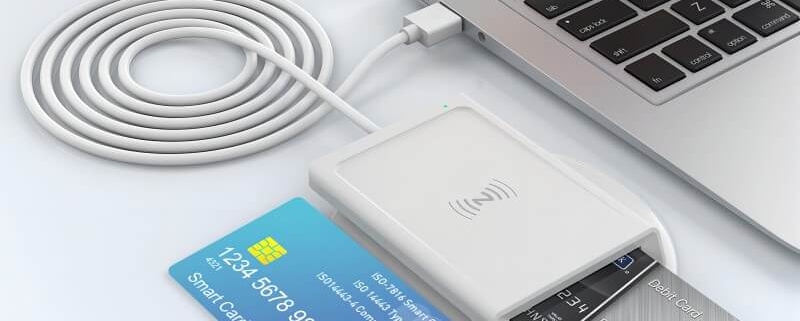What does an NFC card reader do?
Revolutionizing Transactions and Identity Verification: The Role of NFC Card Readers
In an era where digital innovation is seamlessly integrating into every aspect of daily life, Near Field Communication (NFC) technology is standing out by transforming how we perform transactions and verify identities. Central to this technological advancement is the NFC card reader, a device designed to facilitate secure and convenient communication between an NFC chip and a reader device. This article explores the functionalities, applications, and impacts of NFC card readers in today’s tech-driven world.
Bridging Communication: How NFC Card Readers Work
NFC card readers operate by emitting a short-range radio frequency that interacts with an NFC chip embedded in cards, smartphones, or other NFC-enabled devices. When an NFC device is brought into close proximity (typically a few centimeters) to an NFC reader, it powers the chip and allows for the exchange of data between the two devices. This process is both rapid and secure, making it an ideal method for various applications.
The Multifaceted Applications of NFC Card Readers
NFC technology is celebrated for its versatility across numerous sectors. Below are some key applications:
- Contactless Payments: One of the most common uses of NFC card readers is in facilitating contactless payments. Consumers can simply tap their NFC-enabled credit or debit card, smartphone, or wearable device on an NFC payment terminal to complete a transaction, significantly speeding up the checkout process and enhancing user convenience.
- Access Control: NFC readers are widely used in access control systems, allowing entry into secure buildings, rooms, or areas within offices and residential buildings. An NFC-enabled device or card, when tapped against a reader, can authenticate an individual’s access permissions.
- Information Sharing: NFC tags can store information like URLs, contact details, or text messages. When an NFC-enabled smartphone is tapped against these tags, the information is transferred to the phone, enabling a quick and interactive way to disseminate information.
- Transportation and Ticketing: Many public transportation systems have adopted NFC technology for ticketing. Commuters can use an NFC-enabled ticket or mobile device to tap on a reader for gate access, streamlining the entry and fare collection process.
The Impact of NFC Card Readers
The widespread adoption of NFC card readers is not just a testament to the convenience and speed they offer but also highlights the significant security benefits they bring to transactions and data exchange. NFC communication is inherently secure due to its short-range requirement, reducing the risk of interception. Furthermore, NFC payments are encrypted and often require additional verification (such as a PIN or biometric authentication), adding an extra layer of security.
Moreover, the use of NFC technology in access control and identity verification underscores its reliability and the trust businesses and individuals place in it. As more sectors explore NFC’s potential, its role in fostering secure, efficient interactions is expected to grow, shaping a future where seamless and secure communication is not just desired but demanded.
Looking Ahead
As NFC card readers become increasingly integrated into our daily routines, their influence on how we interact with the world around us continues to expand. From making purchases and accessing secure locations to exchanging information effortlessly, NFC technology is at the forefront of creating a more connected, convenient, and secure world. With ongoing advancements in NFC and related technologies, the possibilities for future applications seem boundless, promising even more innovative ways to utilize this versatile communication method.




Leave a Reply
Want to join the discussion?Feel free to contribute!